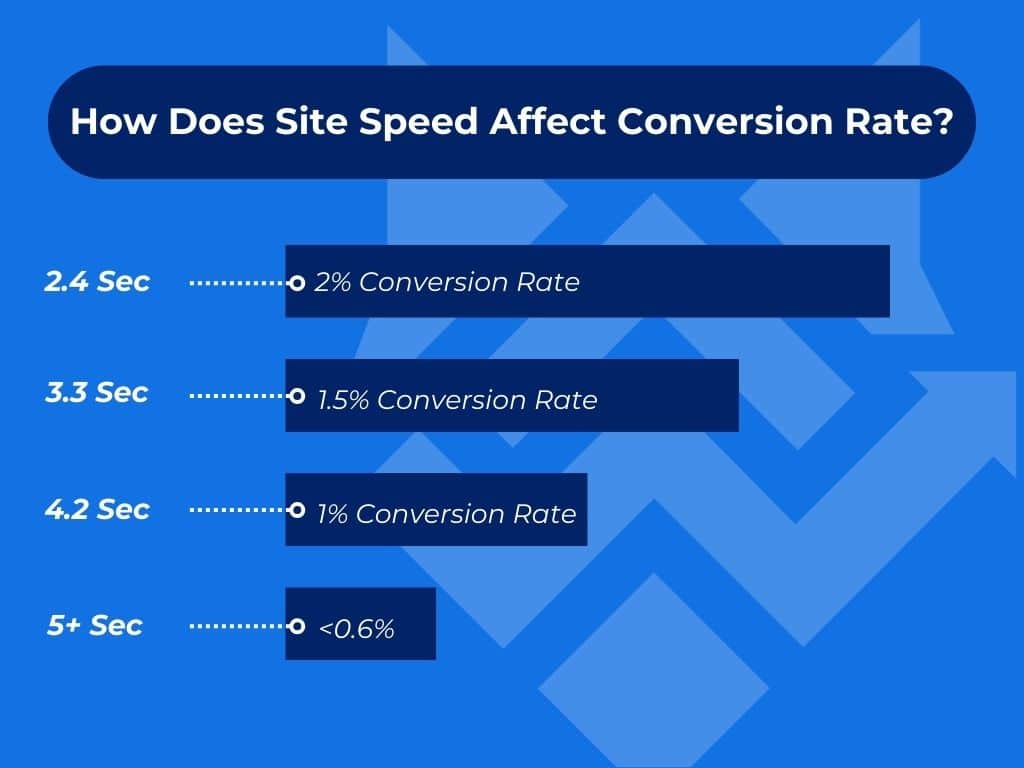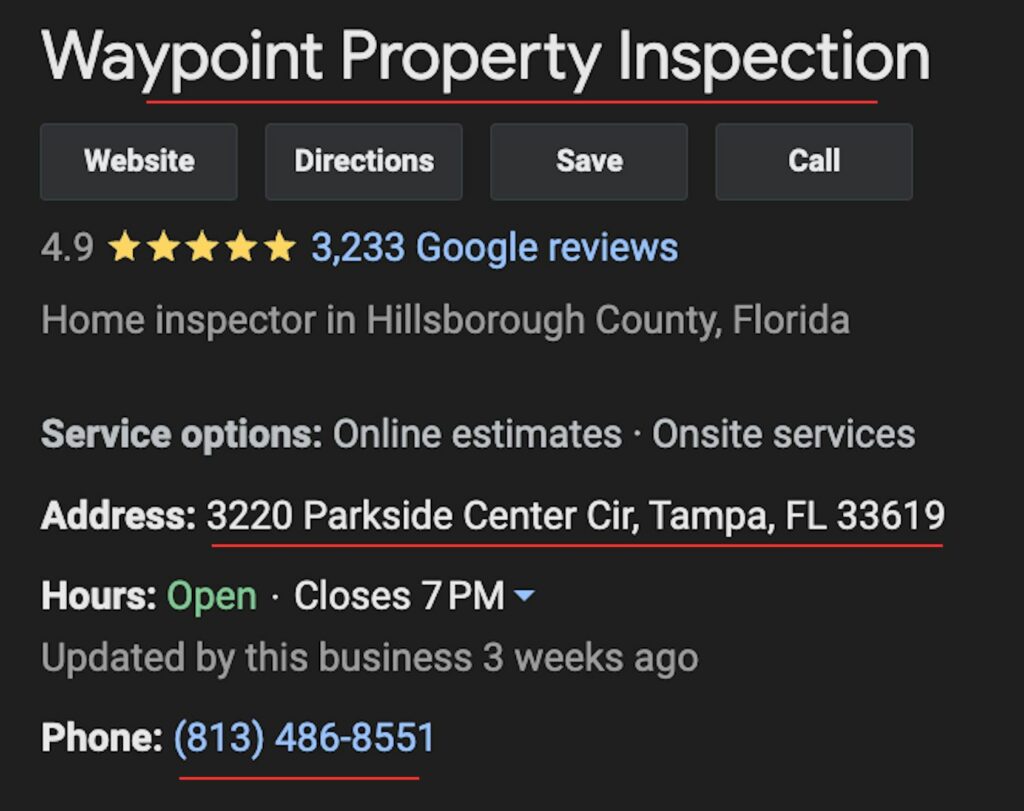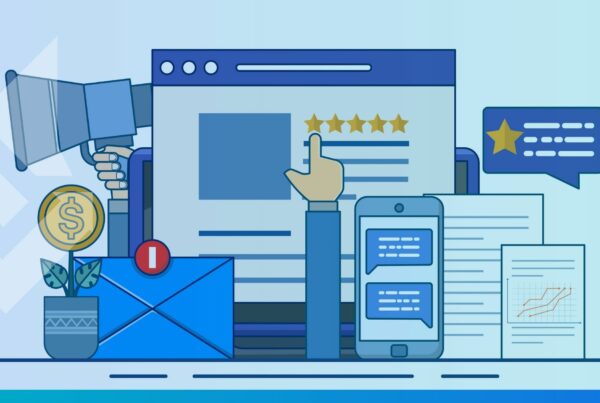Search Engine Optimization (SEO) is a big part of marketing your business online, but the jargon that comes with it can be a barrier for many. So, we’ve made a cheat sheet of the most critical SEO acronyms to help you better understand and optimize your performance.
With a grasp of these common terms, you can monitor and manage your strategy more confidently. That’s the first step to driving tangible results and seeing bigger wins. Ready to jump in?
Essential SEO Acronyms
As a business owner, understanding some key SEO terms and practicing them effectively can dramatically improve how you attract and engage customers online. So, here’s an overview of the acronyms you’ll encounter most frequently.
SEO (Search Engine Optimization)
One of the star acronyms of the show – SEO is the process of making it easier for potential customers to discover you by optimizing your website to rank higher in search results.
This involves enhancing your website’s content, structure, and on-page elements like keywords and meta descriptions. All of these tasks are focused on improving user experience and your brand’s relevance to search queries!
SERP (Search Engine Results Page)
This term refers to the page displayed by search engines in response to a user’s query. Key factors in optimizing your SERP position include the quality of your content, site speed, backlinks, and user engagement.
Ranking higher on the results page can significantly increase your site’s visibility, drawing more traffic and potential customers. To drive home this significance, websites on the first SERP receive almost 95% of web traffic, highlighting the critical importance of ranking high in search results.
CTR (Click-Through Rate)
Think of CTR as a measure of your content’s immediate appeal. For instance, if your ad appears 100 times and 10 people click on it, your CTR is 10%. This metric is a direct reflection of how compelling and relevant your audience finds your content.
To improve your CTR, focus on creating engaging meta descriptions, titles, and ad copy that attract clicks and match user intent. This not only drives more traffic to your site but also signals to search engines that your content is valuable.
PPC (Pay-Per-Click)
PPC is an advertising model where you pay each time a user clicks on one of your online ads. It’s particularly useful for immediate exposure and complements your organic SEO efforts by targeting specific customer groups.
Balancing PPC with SEO provides a well-rounded approach that drives both immediate and long-term results. As an example, using PPC for immediate promotions like a Black Friday sale while building organic reach with content marketing can maximize exposure and sales.
KPI (Key Performance Indicator)
KPIs are the vital metrics that you use to measure your success. In general, SEO KPIs include metrics like organic traffic volume, conversion rates, and average session duration.
These indicators are essential for tracking the effectiveness of your strategies and making data-driven tweaks to optimize your online presence.

Technical SEO Acronyms
Beyond your keywords and quality content, certain technical aspects can substantially improve user experience. Let’s go over the biggest ones!
HTML (HyperText Markup Language)
Firstly, HTML is the skeleton of your website. It organizes web content and helps search engines understand your page structure through the use of tags. Proper use of HTML tags, such as title tags, headers (H1, H2, H3), and meta descriptions, is essential.
These elements help improve your site’s SEO by ensuring it is accessible and easily indexed by search engines.
CSS (Cascading Style Sheets)
Next, CSS controls the visual presentation of your website. It defines styles for your web pages including the layout, colors, and fonts, which contribute to the look and feel.
Efficient CSS coding can improve page loading times responsiveness, and your visitor’s experience. Since all of these are vital SEO factors, CSS isn’t something you’ll want to forget.
CMS (Content Management System)
Equally important, a CMS is a software tool that allows you to create, manage, and modify content on your website without needing to interact directly with code.
Popular CMS platforms like WordPress and Shopify come with various SEO tools and plugins, making it easier to optimize your content and manage your SEO.
UX (User Experience)
We’ve briefly covered this concept and how it’s impacted by other SEO best practices – UX refers to the overall experience a user has when interacting with your website.
Good UX is essential for SEO as it affects engagement metrics like time on site, bounce rates, and conversion rates, which influence your rankings.
Some elements of UX that impact SEO are your site speed, mobile responsiveness, and ease of navigation. To illustrate the impact these technical factors have, improving site speed by just 1 second can increase conversion rates by up to 7%.
SSL (Secure Sockets Layer)
SSL is a security technology that creates an encrypted link between a web server and a browser.
Having SSL for your website is crucial for protecting user data and building trust with your visitors. Google considers SSL as a ranking factor, so implementing HTTPS (a secure version of HTTP) can boost your SEO.

Content and Online Presence Acronyms
Once you’ve handled the initial technical tasks, the focus shifts to managing your visibility and how you connect with your audience. These are some of the key terms in this realm:
EAT (Expertise, Authoritativeness, Trustworthiness)
Google uses the EAT framework to assess the quality of content, particularly for websites in “Your Money or Your Life” (YMYL) fields like finance and healthcare, where accurate and trustworthy information is paramount.
You can boost your site’s credibility by presenting well-researched content, citing authoritative sources, and collecting authentic reviews. These efforts will strengthen your site’s reputation and enhance your SEO.
LSI (Latent Semantic Indexing)
LSI helps search engines grasp the context of your content by identifying words that frequently appear together around your main keywords.
For example, in an article about “cold brew coffee,” LSI ensures that terms like “iced coffee,” “brewing time,” and “coffee beans” are recognized as relevant. This approach not only improves your rankings but ensures your content thoroughly answers user queries.
ROI (Return on Investment)
In SEO, ROI quantifies the profitability of your SEO by comparing the gains from your strategies against their costs.
Monitoring your ROI is crucial for fine-tuning your budget and strategies to focus on the most effective, value-generating tactics. This ensures that your investments are yielding practical, profitable outcomes.
NAP (Name, Address, Phone Number)
While it sounds like a mid-day team siesta, this refers to your business name, address, and phone number. Consistency in your business’s NAP information across all digital platforms is critical for local SEO. This uniformity helps search engines confirm your business’s legitimacy, boosting your rankings in local search results.
So, be sure to regularly verify your NAP details are accurate and consistent on your website, social media profiles, and online directories.
B2B and B2C (Business to Business/Business to Consumer)
Identifying whether your SEO strategies are targeting businesses (B2B) or consumers (B2C) will significantly shape your approach.
B2B strategies typically require more detailed, value-focused content to engage professional audiences, while B2C strategies often highlight emotional appeals and immediate benefits to resonate with individual consumers.

NAP Information in a Completed Google Business Profile.
More Advanced SEO Acronyms
For those ready to dive deeper into SEO, these concepts are all about sharpening your plans and taking a more granular look at the outcomes.
AMP (Accelerated Mobile Pages)
AMP is a framework designed to create fast-loading web pages on mobile devices. By simplifying HTML and streamlining CSS, AMP versions of your pages load almost instantly. This helps enhance user experience and potentially increase mobile traffic.
While AMP is not a direct ranking factor, the speed and user experience benefits contribute positively to your SEO.
DA (Domain Authority) and PA (Page Authority)
Developed by Moz, Domain Authority and Page Authority are metrics that predict how well a website or page is likely to rank in search engine results.
DA is a measure of the overall domain strength, while PA focuses on individual page strength. To improve your DA and PA, build high-quality backlinks, create engaging content, and optimize your overall strategy.
CDN (Content Delivery Network)
A CDN is a network of servers distributed around the globe, delivering web content more efficiently based on users’ geographic locations. It can significantly reduce load times, decrease bandwidth costs, and improve a site’s resilience. With faster load times, a CDN can also positively impact your SEO by enhancing user experience.
TF-IDF (Term Frequency-Inverse Document Frequency)
Last but not least, TF-IDF is a statistical measure used to evaluate the importance of a word to a document in a collection.
In SEO, this analysis helps you optimize content by identifying which terms are most relevant to your topics. Focusing on these terms, you can make your content more relevant and specific to search queries, and more likely to rank well.
Final Thoughts
You can use these acronyms to apply new insights to your SEO efforts – or just bookmark the cheat sheet for later. Either way, you’re now equipped to jump into the complex world of SEO without a migraine.
Just knowing these terms can empower you to follow best practices and even innovate within them so your business always stands out. Ready to climb those SERPs? Schedule your online consultation with WolfPack Advising today.





